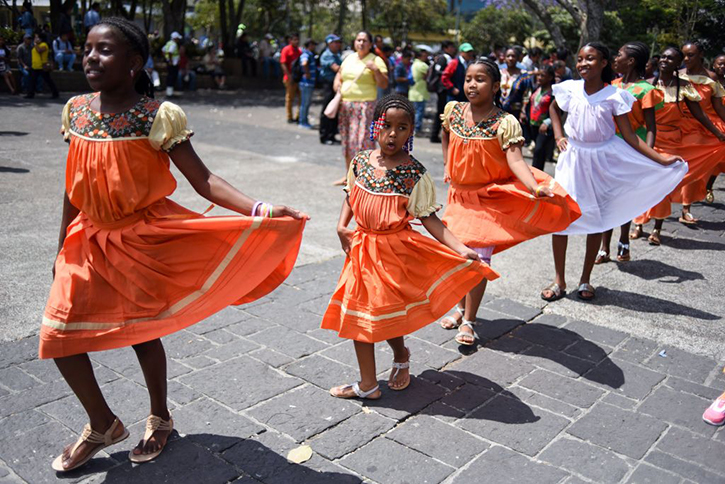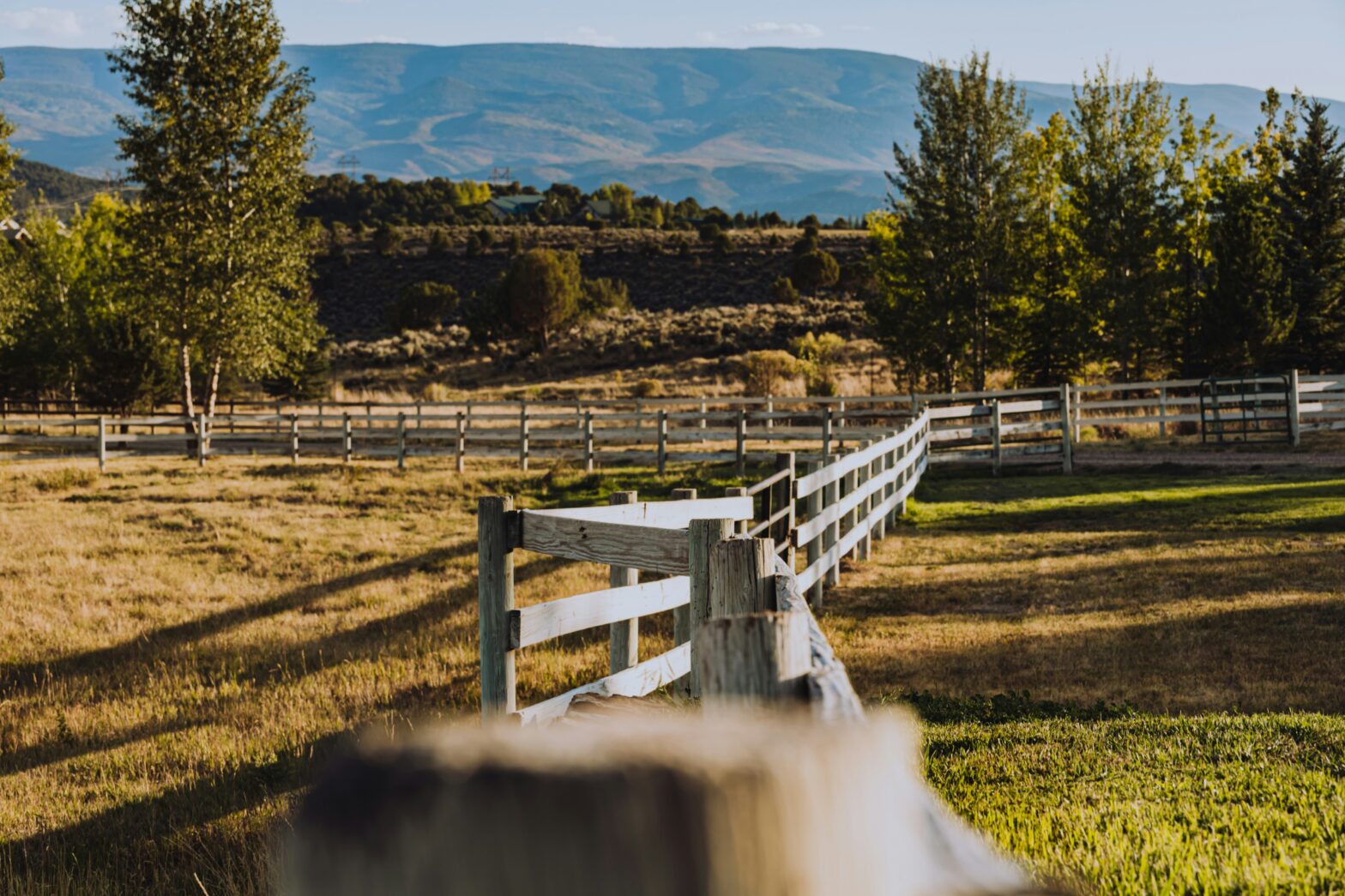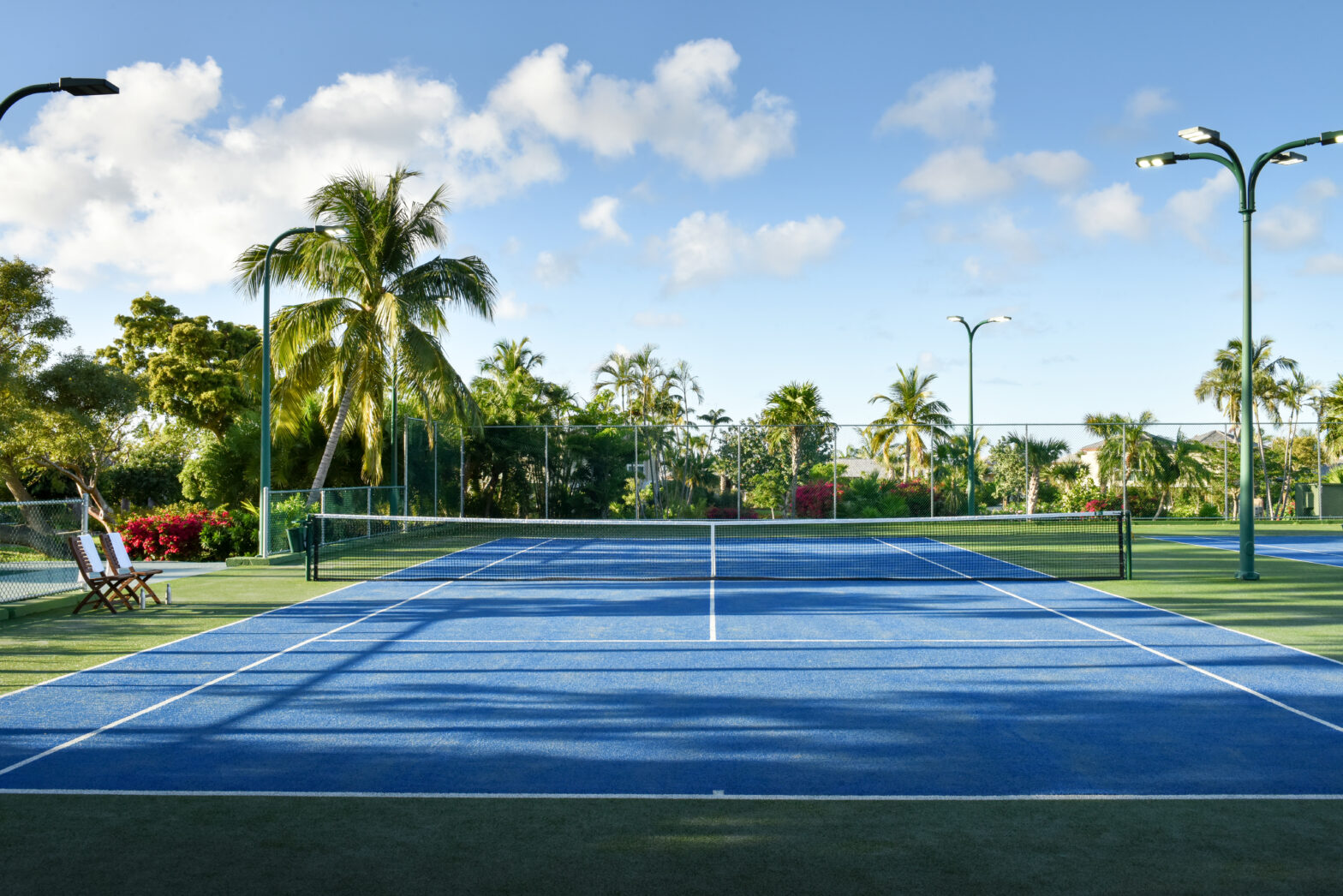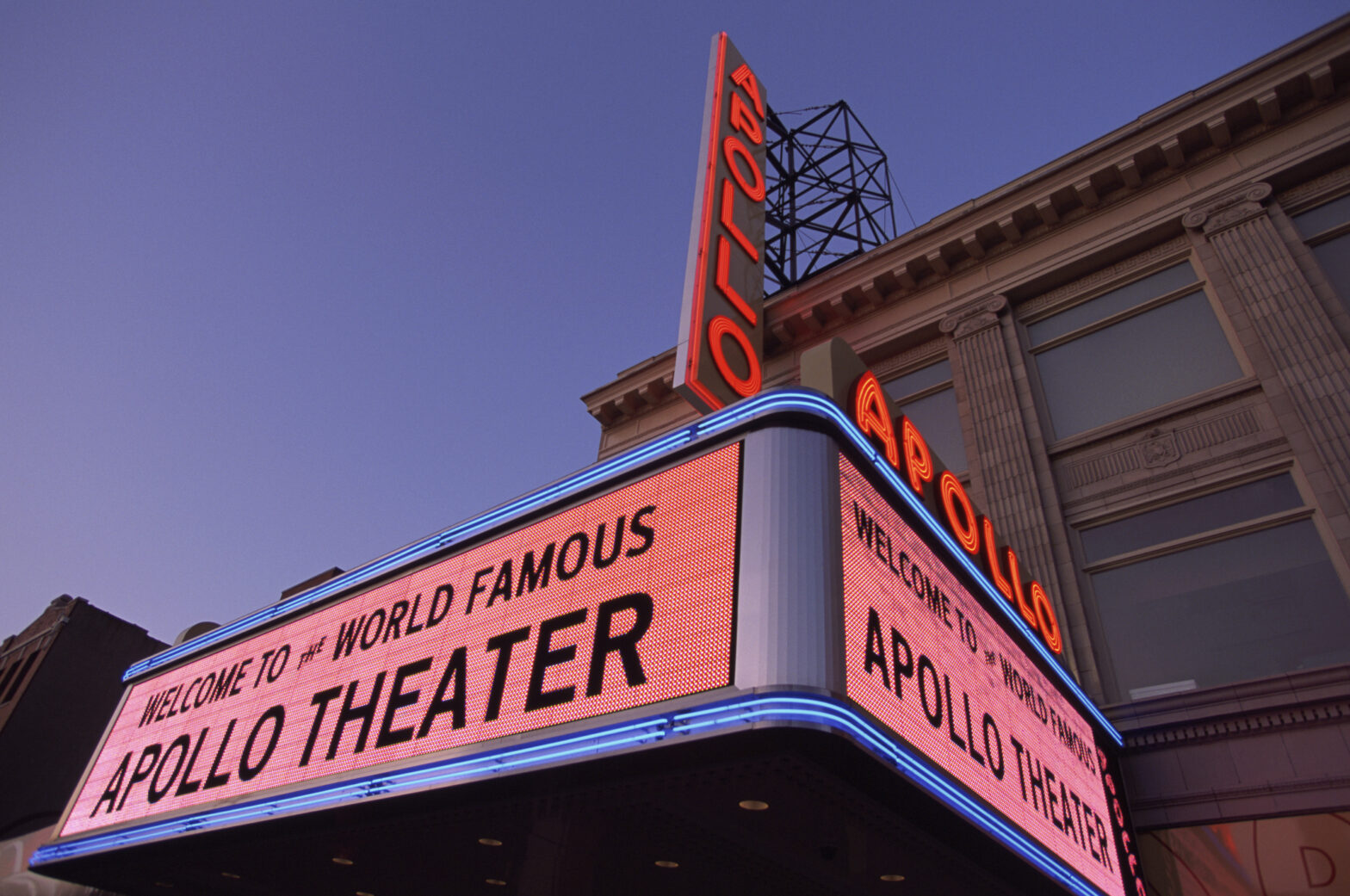The Afro-Guatemalan population is not a large one today. Although specific numbers are difficult to determine, it is reported that Afro-Guatemalans comprise just 1-2% of the nation’s people.
However, according to the Council on Hemispheric Affairs, “Chronic under counting of Latin America’s Afro-descended population” as well as “biases inherent in self-reported ethnic identification, especially in a Latin American context where such categories are less diversified than in many parts of the world” allow one to deduce that actual numbers are likely higher than reported.
The first Africans are believed to have arrived in Guatemala in 1524, enslaved by Spanish conquerors. They worked primarily on sugar and indigo plantations, as well as on cattle ranches. Some enslaved Blacks were able to run away and take shelter within the indigenous Mayan communities.

By the 17th century, many enslaved Blacks were able to purchase their freedom, or secure it for themselves or at least for their future children through marriage with free individuals. Many of these marriages were to Mayans or Europeans. The intermixing between Blacks, Mayans, and Europeans resulted in a substantial mestizo population, which, over the years, has continued to dilute traces of African ancestry in many cases.
“Much of the Black population of Guatemala was gradually assimilated and absorbed into the mestizo (Ladino) population,” said Kent Williams in his essay, Afromestizo. “Their descendants today form a part of the mestizo population and no longer have a strong awareness of their African ancestry.”
According to Reuters, another group of Afro-descendants, the Garífuna, arrived in Guatemala in 1802. They came from the Caribbean island of St. Vincent, where escaped enslaved Blacks had fled to throughout the years and intermingled with the Caribs native to the island. Other Africans arrived on St. Vincent in the 1600s when slave ships wrecked nearby, according to Britannica.

St. Vincent was known for being difficult to conquer. In the 1700s, the Garífuna and Caribs succeeded in staving off French, Dutch, and British invaders on many occasions, according to Entremundos. Then for a time they lived peacefully alongside French settlers until British troops returned in 1796. With them, they brought their own population of African slaves and realized allowing the free Garífuna to coexist on the same island as enslaved Blacks could be problematic.
The British exiled the Garífuna to Roatan, an island off the northern coast of Honduras. Many did not survive the long journey across the Caribbean Sea. Those who did have since spread throughout Central America, and today, reside mostly in Belize, Nicaragua, Honduras, and Guatemala. With them, survived their unique culture, including the Garífuna language, which is a mixture of indigenous, West African, and European languages, according to Entremundos.
In the mid 1800s, another group of Afro-descendants began arriving in Central America from nearby Caribbean islands, such as Jamaica. These Blacks were known as Afro-Antilleans or West Indians. As English speakers, they were preferred over the local Spanish-speaking workers, and were recruited and brought in to work on banana plantations and farms, according to Williams.

Today, there is less distinction between the various Afro-descendent groups in Guatemala, though the majority are thought to be Garífuna. Many of them reside in Livingston, a small predominantly Garífuna town situated where the Gulf of Honduras runs into the Rio Dulce.
Primarily a fishing and farming people, jobs are scarce in Livingston; and like their Afro-descendant brothers and sisters around the globe, the Garífuna of Guatemala face racial inequality and discrimination. Many have relocated to other countries, including the U.S., which has a substantial Garífuna population in NYC.
Each November 26, Garífuna Settlement Day is held in Guatemala to commemorate the Garífuna people arriving on the shores of Central America. The day of celebration includes parades, pageants, parties, Garífuna cuisine, singing, and the performance of traditional Garífuna dancing to music played on drums, marimbas, conch shells, and other instruments.
An important part of the festivities is the historic reenactment of the actual arrival at the coast. The boats arrive at the shore carrying cassava, sugarcane, and plantain— foods which the Garífuna people bought along with them when they arrived.





